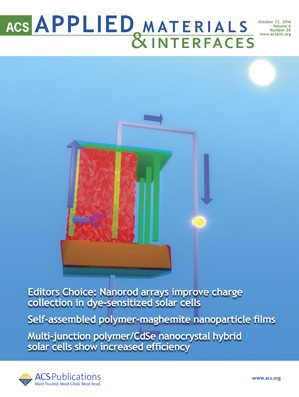In this work, we report the solvothermal synthesis of Ce-doped YAG (YAG:Ce) nanoparticles (NPs) and their association with a free-Cd CuInS2/ZnS (CIS/ZnS) core/shell QDs for application into white light emitting diode (WLED). 1500 °C-annealed YAG:Ce NPs and CIS/ZnS core/shell QDs exhibited intense yellow and red emissions band with maxima at 545 and 667 nm, respectively. Both YAG:Ce nanophosphor and CIS/ZnS QDs showed high photoluminescence quantum yield (PL QY) of about 50% upon 460 nm excitation. YAG:Ce nanophosphor layer and bilayered YAG:Ce nanophosphor-CIS/ZnS QDs were applied on blue InGaN chip as converter wavelength to achieve WLED. While YAG:Ce nanophosphor converter layer showed low color rendering index (CRI) and cold white light, bilayered YAG:Ce nanophosphor-CIS/ZnS QDs displayed higher CRI of about 84 and warm white light with a correlated color temperature (CCT) of 2784 K. WLED characteristics were measured as a function of forward current from 20 to 1200 mA. The white light stability of bilayered nanophosphor-QDs-based WLED operated at 200 mA was also studied as a function of operating time up to 40 h. Interestingly, CRI and CCT of such device tend to remain constant after 7 h of operating time suggesting that layer-by-layer structure of YAG:Ce phosphor and red-emitting CIS/ZnS QDs could be a good solution to achieve stable warm WLED, especially when high current density is applied.

